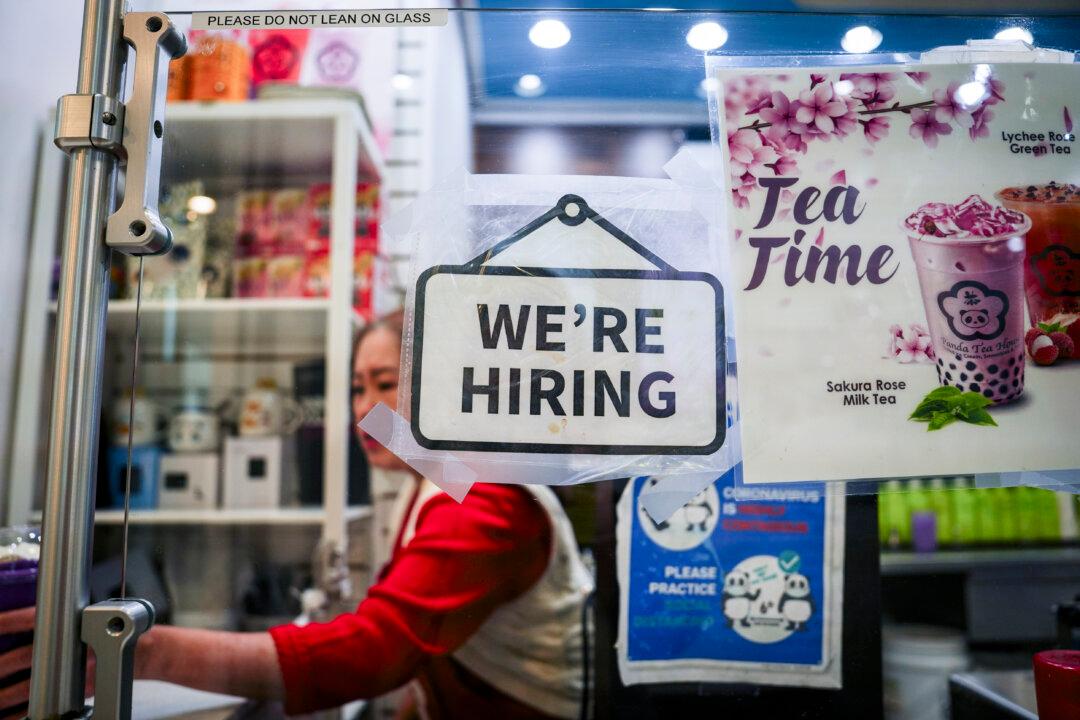A record number of U.S. workers quit their jobs in November, while job openings eased in the home stretch of 2021, new data show.
According to the Bureau of Labor Statistics (BLS), the number of job resignations advanced 370,000 to an all-time high of 4.527 million. As a percentage of the workforce, the quit rate was 3 percent, matching the September level.





